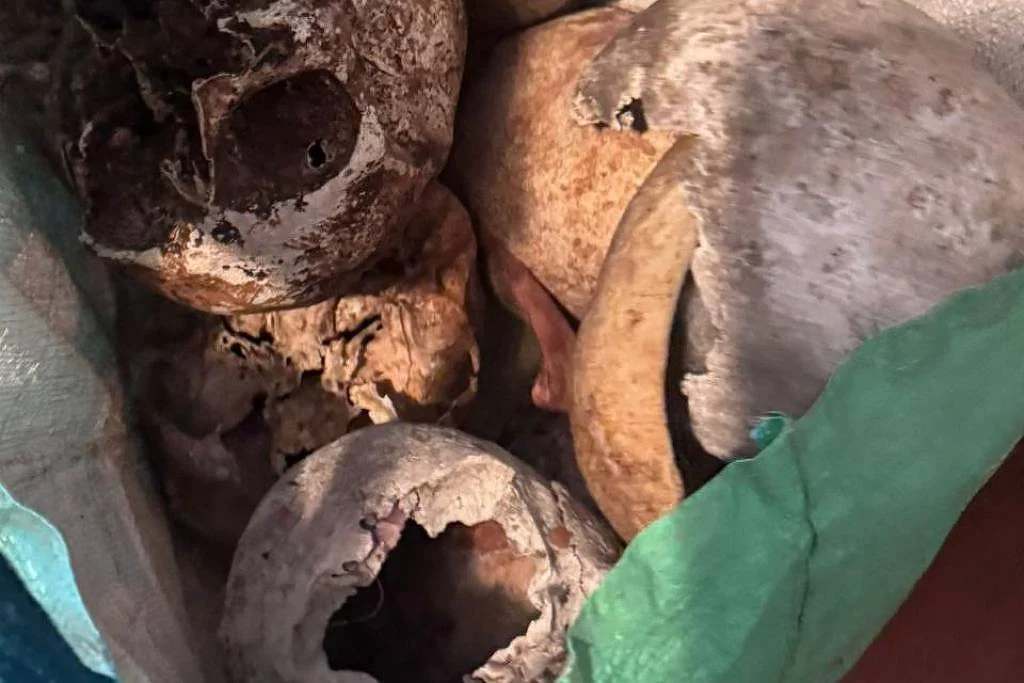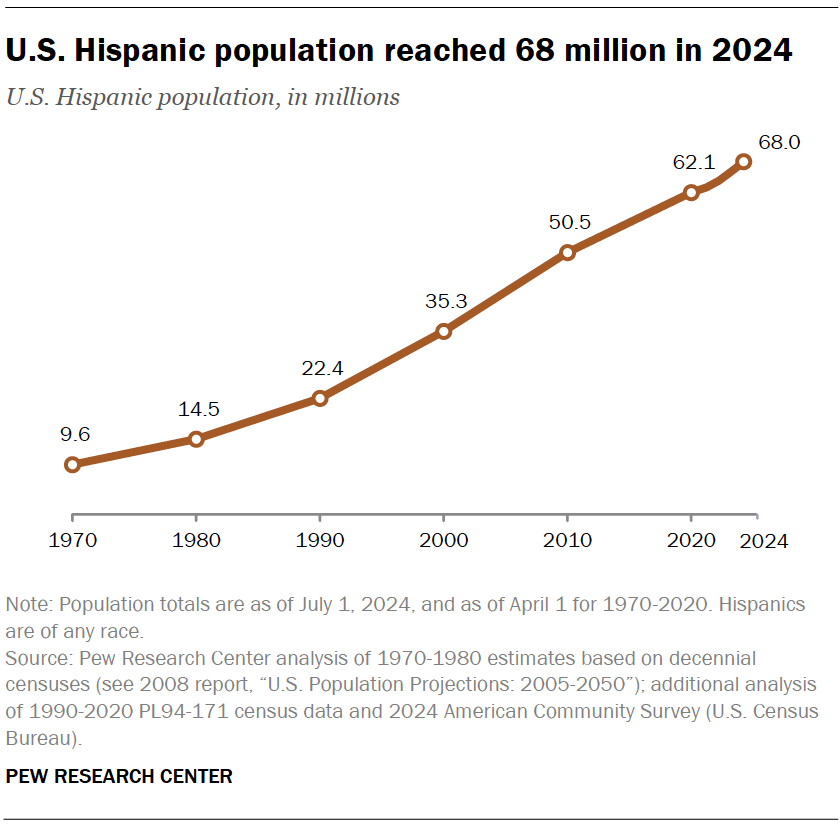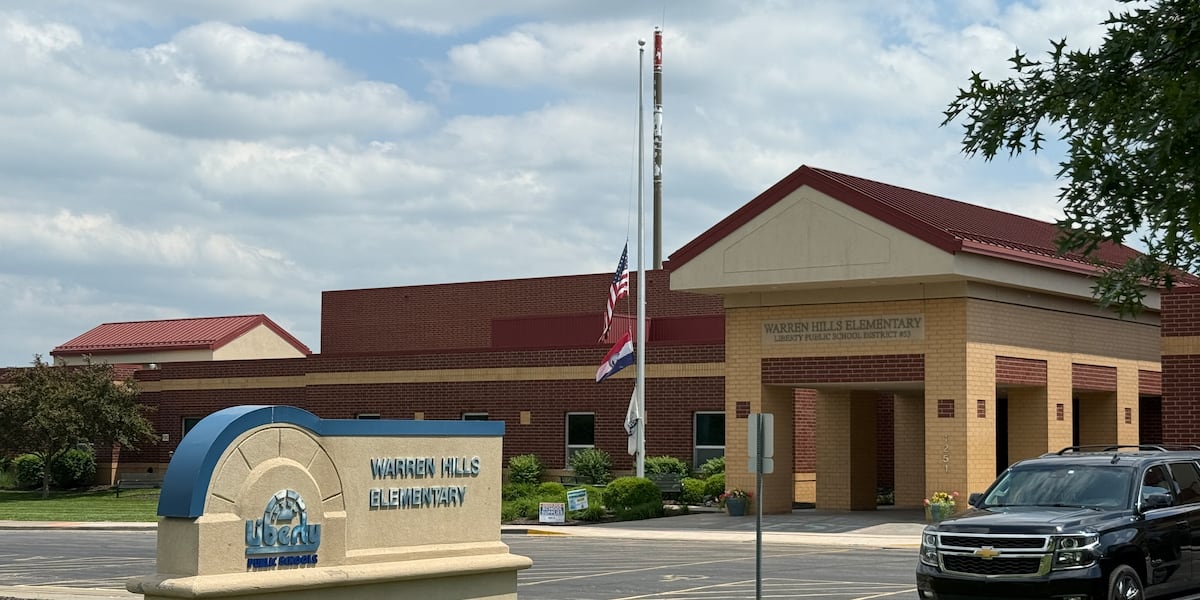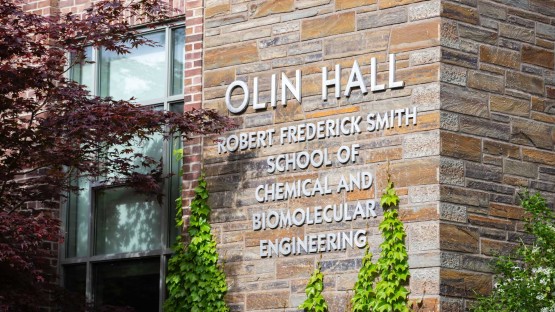Report on the Discovery of Human Remains in São Paulo and Implications for Sustainable Development Goals
Incident Summary
- Event: Discovery of at least 12 human skulls and other bones.
- Location: An apartment in Jardim Paulista, São Paulo, Brazil.
- Date: Saturday, November 18.
- Context: The remains were found by relatives of the apartment’s 79-year-old resident, who had recently passed away.
- Official Action: The São Paulo Military Police secured the scene, and the Civil Police have initiated an investigation.
- Initial Charges: The case has been registered as “discovery of a corpse and theft or concealment of a corpse.”
- Primary Hypothesis: Authorities are investigating the theory that the remains were illegally exhumed from municipal cemeteries.
Analysis of Sustainable Development Goal (SDG) Implications
The incident in Jardim Paulista, while a local criminal matter, has direct and indirect implications for several key United Nations Sustainable Development Goals (SDGs), particularly those concerning public institutions, community safety, and health.
SDG 16: Peace, Justice, and Strong Institutions
This case fundamentally challenges the objectives of SDG 16, which aims to promote peaceful and inclusive societies and build effective, accountable institutions at all levels.
- Rule of Law (Target 16.3): The theft and concealment of human remains is a serious criminal offense. The subsequent police investigation is a critical function of strong institutions working to uphold the rule of law and ensure justice.
- Illicit Flows (Target 16.4): The illegal exhumation and trafficking of human remains constitutes an illicit activity. This incident highlights a potential failure in institutional oversight and security at public cemeteries, which are state-managed assets.
- Public Trust: Such events can erode public trust in the institutions responsible for managing public spaces and ensuring the sanctity of burial sites.
SDG 11: Sustainable Cities and Communities
The goal of making cities and human settlements inclusive, safe, resilient, and sustainable is directly impacted by this discovery.
- Safe Public Spaces (Target 11.7): The incident disrupts the sense of peace and security in a residential neighborhood. Furthermore, it raises questions about the safety and integrity of cemeteries as public spaces that serve a vital community function.
- Protection of Cultural Heritage (Target 11.4): Graves and cemeteries are a part of a community’s cultural and historical heritage. The desecration of these sites for the purpose of theft is a direct violation of the effort to safeguard this heritage.
SDG 3: Good Health and Well-being
While primarily a legal issue, the case also touches upon public health and psychological well-being, central tenets of SDG 3.
- Management of Health Risks (Target 3.d): The improper and unhygienic storage of human remains in a residential building could pose potential, though unconfirmed, public health risks that effective institutions are meant to prevent and manage.
- Mental Well-being: The discovery has a significant negative impact on the psychological well-being of the community and, most acutely, on the families whose relatives’ graves may have been desecrated. This emotional and psychological trauma runs counter to the goal of promoting well-being for all.
Sustainable Development Goals (SDGs) Analysis
1. Which SDGs are addressed or connected to the issues highlighted in the article?
-
SDG 16: Peace, Justice and Strong Institutions
- This goal is the most relevant as the article focuses on a criminal act and the response of law enforcement. The discovery of illegally obtained human remains, the subsequent police investigation, and the recording of the crime directly pertain to maintaining the rule of law, ensuring justice, and the functioning of state institutions (the police). The article details the actions of the São Paulo Military Police and the Civil Police in investigating the “theft or concealment of a corpse,” which is a core function of a just and peaceful society.
-
SDG 11: Sustainable Cities and Communities
- This goal is connected through the lens of community safety and the proper management of public spaces. The incident occurred in a residential neighborhood (“Jardim Paulista”), disrupting its “tranquility” and affecting the residents’ sense of security. Furthermore, the hypothesis that the remains were “illegally taken from cemeteries” touches upon the respectful and safe management of public spaces within a city.
2. What specific targets under those SDGs can be identified based on the article’s content?
-
Target 16.3: Promote the rule of law at the national and international levels and ensure equal access to justice for all.
- The article directly illustrates this target in action. The response of the São Paulo Military Police and the Civil Police, who recorded the case and initiated an investigation (“hypothesis now being investigated by the Civil Police”), is a fundamental process of promoting and upholding the rule of law.
-
Target 16.4: By 2030, significantly reduce illicit financial and arms flows, strengthen the recovery and return of stolen assets and combat all forms of organized crime.
- While not involving financial or arms flows, this target’s principles apply. The human remains are treated as “stolen assets” in a legal context. The police action to investigate their illegal removal from cemeteries (“illegally taken from cemeteries”) and concealment aligns with the goal of combating illicit activities and recovering stolen property.
-
Target 11.7: By 2030, provide universal access to safe, inclusive and accessible, green and public spaces for all…
- Cemeteries are a form of public space. The alleged theft of remains from these locations represents a failure to keep them safe and secure, violating the sanctity and respect they are meant to hold within a community. The incident in the residential area also impacts the perceived safety of the local community space.
3. Are there any indicators mentioned or implied in the article that can be used to measure progress towards the identified targets?
-
Indicator for Target 16.3 (Promote the rule of law):
- The article implies an indicator related to the functioning of the justice system. The statement, “The case was recorded as discovery of a corpse and theft or concealment of a corpse,” serves as a direct measure of a crime being officially registered by law enforcement. The number of crimes recorded and investigated can be used as an indicator of an institution’s effort to uphold the rule of law.
-
Indicator for Target 16.4 (Reduce illicit flows and recover stolen assets):
- An implied indicator is the number of cases involving the discovery and recovery of stolen items. In this context, the police finding the “12 skulls and other human bones” and securing evidence (“A sealed box was also left intact for forensic examination”) represents a successful recovery action, which could be a data point for measuring progress against this target.
-
Indicator for Target 11.7 (Safe public spaces):
- The article suggests a qualitative indicator related to public perception of safety. The mention that neighbors were surprised by the police activity on a street “known for its tranquility” implies that this event is a negative deviation from the baseline of perceived safety in the community. Surveys on public perception of safety in their neighborhoods could be a way to measure this.
SDGs, Targets, and Indicators Summary Table
| SDGs | Targets | Indicators (Implied from the article) |
|---|---|---|
| SDG 16: Peace, Justice and Strong Institutions | 16.3: Promote the rule of law at the national and international levels and ensure equal access to justice for all. | The official recording of a crime by police (“The case was recorded as discovery of a corpse and theft or concealment of a corpse”). |
| SDG 16: Peace, Justice and Strong Institutions | 16.4: …strengthen the recovery and return of stolen assets and combat all forms of organized crime. | The discovery and securing of illicitly held items (human remains) by law enforcement for forensic examination. |
| SDG 11: Sustainable Cities and Communities | 11.7: …provide universal access to safe, inclusive and accessible, green and public spaces for all… | Public perception of safety in a community, as indicated by residents’ surprise at a disruption to the area’s “tranquility.” |
Source: plataformamedia.com







